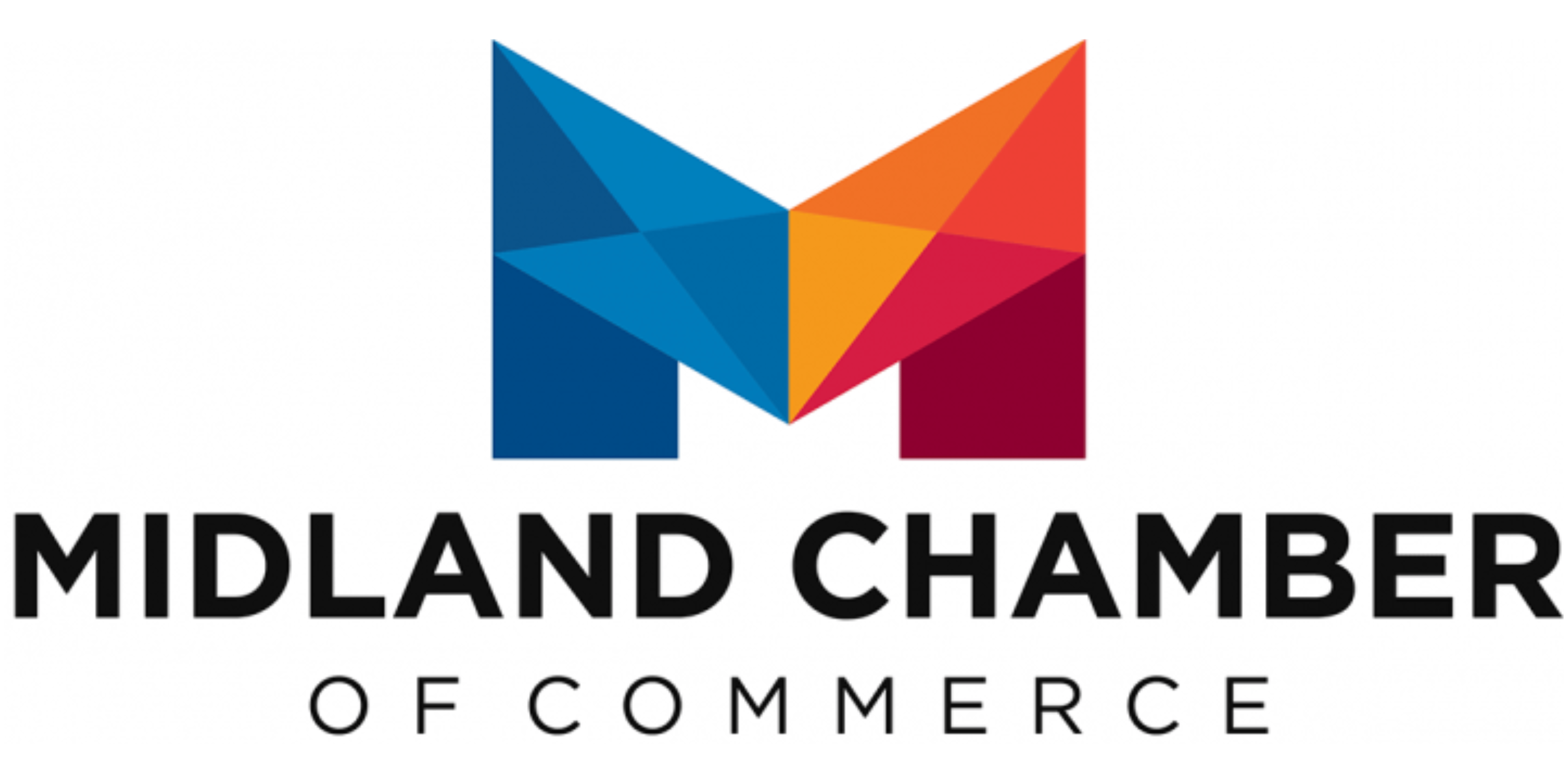Back in the Fight: How Small Business Owners Can Rebuild with Resilience and Purpose
After years of volatility, small business owners across the country are facing the difficult but vital task of starting again—not from scratch, but from somewhere in the middle. The road to recovery isn't always paved with grand gestures or billion-dollar bailouts. More often, it’s built on late nights, recalculated risks, and a relentless belief in what a business once was—and what it could still become. While large corporations may weather storms with deep pockets and complex infrastructure, smaller operations survive by being fast, resourceful, and rooted in their communities. What comes next isn’t about simply reopening doors—it’s about reopening futures.
Reclaiming Control Through Clear Cash Flow Management
Before momentum can return, control has to be reestablished—and that starts with the money. Many small businesses emerged from the past few years with frayed budgets and unpredictable revenue patterns, making cash flow less a forecast and more a gamble. It’s no longer enough to look at monthly income and expenses; owners need week-by-week visibility, with room for sudden shifts and slow-paying customers. Stronger cash flow practices—like negotiating better payment terms, automating invoicing, or separating essential from discretionary costs—allow businesses to move from reactive to proactive, from hoping the lights stay on to knowing they will.
What’s Your Message Without the Medium?
A fresh marketing push demands more than catchy slogans—it needs materials that reflect a business’s evolving story. If you’re working with a web or graphic designer, or even just sending visuals to your printer, how you deliver those images matters. Compressing JPGs might seem like the fastest way to make them email-ready, but it can come at the cost of clarity, leaving your brand visuals looking blurred or washed out. Instead, switching to a JPG to PDF file format change preserves image quality and allows you to bundle multiple visuals into one clean, professional document—saving time, space, and your reputation.
Redefining What Success Looks Like Now
What once counted as success—rapid growth, expansion, or even just staying ahead of a competitor—may not make sense anymore. Many owners are recognizing that rebuilding isn’t about reclaiming an old version of the business; it’s about crafting a new one, tailored for the present. That could mean switching to a hybrid business model, reducing overhead, or narrowing the focus to the most profitable offerings. The smartest rebuilds aren’t aiming to duplicate the past—they’re using it as a reference point, not a destination.
Hiring with Intent, Not Urgency
Rehiring or expanding a team can feel like a sign of progress, but bringing people on board too quickly or without clarity can drag a business down. Now more than ever, hiring should reflect both what the business actually needs and what kind of workplace it aspires to be. That means creating roles around current priorities, being transparent about expectations, and investing in workers who understand the company’s current phase—not just its old identity. It’s less about building a workforce and more about forming a team that aligns with the new version of the business being built.
Marketing with Honesty, Not Hype
Customers today are sharp, skeptical, and often tired of being sold to. What they respond to instead is sincerity. The most effective marketing doesn’t overpromise or pretend things are perfect—it tells the real story of a business finding its way forward. Sharing the journey, the challenges, and even the setbacks builds trust, not just traffic. From social media posts to in-store messaging, every touchpoint is an opportunity to reconnect with an audience that’s also searching for resilience and authenticity in what they support.
Pacing the Climb to Avoid Burnout
Perhaps the hardest part of rebuilding is resisting the urge to sprint. There’s pressure to make up for lost time, to recapture lost revenue, and to prove the business still has life. But urgency without pacing leads to burnout—and burnout is a silent killer for small business dreams. The smartest rebuilders are learning to take intentional breaks, set realistic goals, and measure success in small, sustainable wins. Rebuilding a business is not just a logistical exercise; it’s an emotional one, and there’s no shame in acknowledging that healing takes time.
Rebuilding isn’t just about what a business becomes, but what its owner learns in the process. There’s no universal checklist, no guaranteed formula. But what exists is a network of others walking similar paths, and a growing understanding that strength doesn’t always look like certainty. It often looks like showing up, reworking the plan again, and believing in the worth of the work. For the small business owner ready to try again, the blueprint isn’t on a shelf—it’s in every choice made from here on out.
Discover the vibrant business community of Midland with the Midland Chamber of Commerce, where your business is our business. Explore local events, connect with fellow entrepreneurs, and access the resources you need to thrive in the heart of West Texas!

